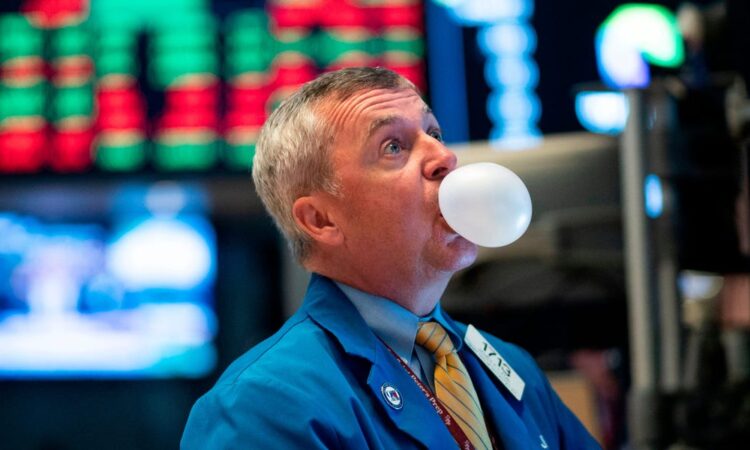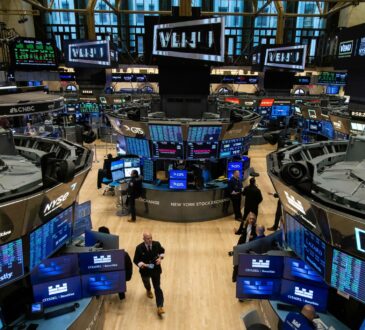
- Bill Smead warns a stock market bubble is set to unwind.
- Rising 10-year Treasury yields will eventually put pressure on growth stocks, Smead argues.
- Smead’s view contrasts with Wall Street’s optimistic S&P 500 predictions for 2025.
The ongoing optimism around the mega-cap AI stocks driving the S&P 500 doesn’t make sense to Bill Smead.
The market has continued to bid up growth stocks and large-caps to historically expensive valuations, all while their arch nemesis — interest rates on 10-year Treasury notes — have remained elevated, recently beginning to inch up toward 5% again.
The stock-market rally “has ignored what has happened to the price of money,” Smead, who manages the Smead Value Fund (SMVLX), told BI. The fund has outperformed 99% of similar funds over the last 15 years, Morningstar data shows.
“We’ve had rates rise and the stock market go up back-to-back years 20%,” he continued. “It’s like defying gravity.”
The market cheered on a more dovish Federal Reserve in the second half of 2024, when the central bank slashed rates by 100 basis points, or 1%. But as the labor market has remained strong and inflation has stayed near 3%, investors have started to come to the realization that rates may stay higher than anticipated. Rates on 10-year Treasurys have gone from 3.6% to 4.6% since September, even as the Fed cut its benchmark rate, as inflation expectations have become more of a concern.
Historically, higher rates have not been a friend of the stock market, particularly growth stocks, for which investors take a longer-term view. Rising risk-free yields on 10-year Treasurys eventually start to look more attractive to investors relative to growth stocks with high valuations, and money starts to flow into the fixed-income market.
Stock valuations are indeed elevated. The S&P 500’s forward 12-month price-to-earnings ratio is 21, and its backward-looking Shiller CAPE ratio is around 37, one of its highest-ever levels.
Yardeni Research
Smead, whose firm manages around $7 billion, said growth’s outperformance has started a vicious cycle that has further exacerbated valuation levels. As the stocks have done well, they have attracted more money into growth names and the S&P 500, he said, further fueling their outperformance, again drawing more money in.
One way of quantifying this excitement is by looking at the percentage of household assets that are now in equities, he said. At almost 45%, it’s at an all-time high.
St. Louis Fed
As for timing, Smead thinks we’re in the early stages of an unwinding that will play out over the next few years.
“The punishment is going to be incredible,” Smead said. “The punishment for being on the wrong side of this trade is going to be very substantial.”
He added: “People are going to lose a lot of money in the stock market over the next 2-3 years.”
Smead’s views are well outside market consensus. The median Wall Street 2025 year-end price target for the S&P 500 is 6,600, with strategists, on average, predicting more than 11% returns this year.
But concerns around a near-term correction are starting to mount.
“While we expect equity markets to make further progress over the year as a whole — largely driven by earnings — they are increasingly vulnerable to a correction driven either by further rises in bond yields and/or disappointments on growth in economic data or earnings,” Goldman Sachs strategists wrote in a recent note.
A few big names, including GMO cofounder Jeremy Grantham and Research Affiliates cofounder Rob Arnott, also share Smead’s worries about a larger unraveling.
How the market performs in 2025 could come down to how the inflation picture evolves and how rates react. If they continue their upward path, it could finally start to put pressure on stocks, as Smead is warning.
Michael Kantrowitz, the chief US equity strategist at Piper Sandler, argued this same point in a recent client webinar.
“For the foreseeable future, market corrections are more likely to come from higher rates rather than weaker economic growth,” Kantrowitz said.

